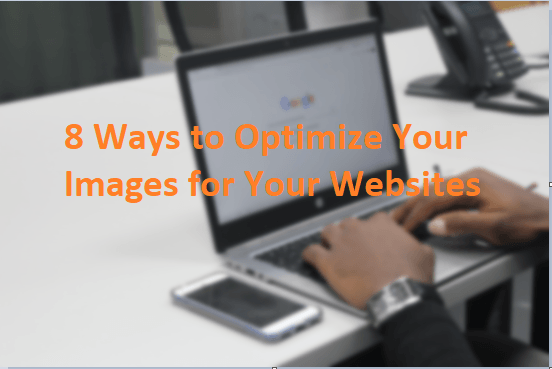8 Ways to Optimize Images for Search Engine (SEO)
Using images in your article provides better user experience and engagement. Image can also bring good traffic to your website from search engine. Thus, image plays an important role to your website’s SEO and help you rank higher. In this article, you will learn how to optimize your image for your website.

1. Use high quality image
“A picture is worth a thousand words”. You should add images to every article if possible to convey your message. The image should be relevant to the subject. The size and quality of the image are matter. You want your image look good, no blurring, and fit in with your content. Since site speed is one of the ranking factor for search engine optimization (SEO), make sure it won’t slow down your site.
2. Good file name for your image
Choose the right file name for your image. You want Google to know what the image is about without even looking at it. Your image file name should contain relevant keywords.
3. Use Alt tags
An image’s alt text describes the images for search engines and screen readers. You should provide an alt text for every image you have on your website. Your browser will show this text to your visitors if your images weren’t loaded. This text also tell search engine what your image about.
4. Use the right dimension for your image
Your browser needs to fully load your image before displaying it to your visitors. If you use a large image and display it really small. It will slow down your page load. It will impact your SEO ranking. So, optimize your image to the right dimension to quickly display it to your visitors. You can also compress your image to a smaller file size for a quicker loading.
5. Reduce file size if possible
Choose the right file type to reduce your image size. You can use JPEG, GIF, or PNG. Those are the most common image formats use for website.
6. Add Open Graph and Twitter Card for image
When your article is being shared on social network sites such as Facebook or Twitter, your image thumbnail is usually attached to it. So, you need to make sure those network sites use a quality images to display for thumbnail. To display a thumbnail, those sites usually look for the og:image meta tag or in the case of Twitter, it looks for the twitter:image meta tag. You should specify the image you want those sites to use to create the thumbnail for your articles. Basically, you just have to put the followings code into your <header> tag.
<meta property="og:image" content="https://example.com/images.png"/>
<meta name="twitter:image" content="https://example.com/images.png"/>
7. Host images on your own site
It may be a good idea to off load your images to a third party website to save space or bandwidth. However, it comes with some risk. If those third party website is overload, your image will fail to load. It will impact your visitors experience on your website.
8. Create image sitemaps for your images
Google now supports the image sitemaps. You can create this sitemaps and submit it to Google Webmaster to increase the likelihood that your images can be found in the image search results. You can also include your images in your existing article sitemaps.
Leave a Reply